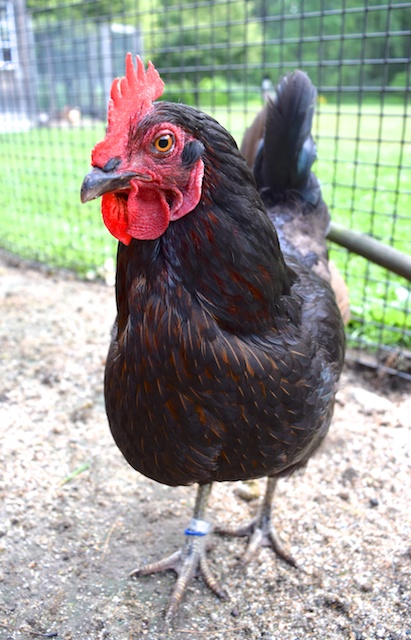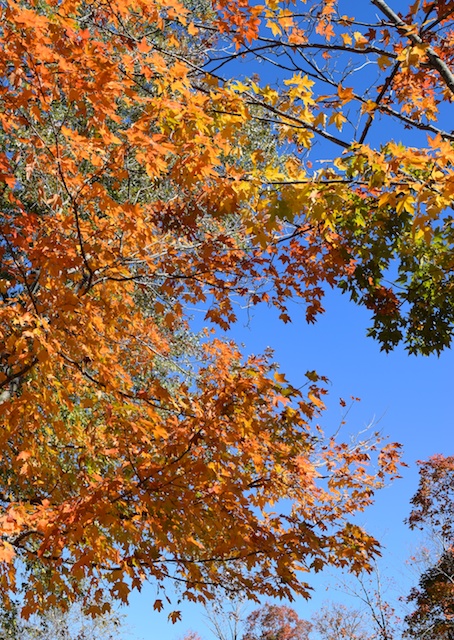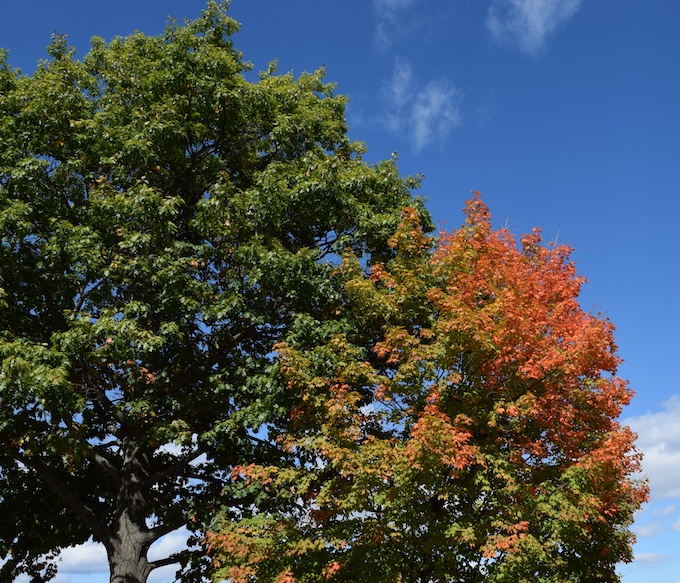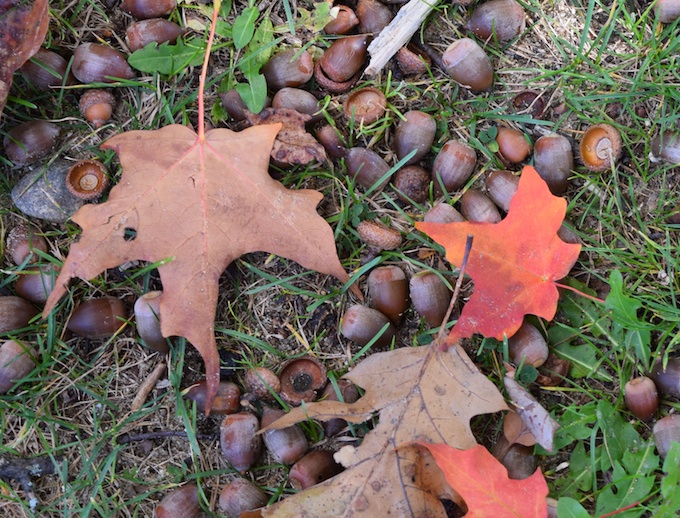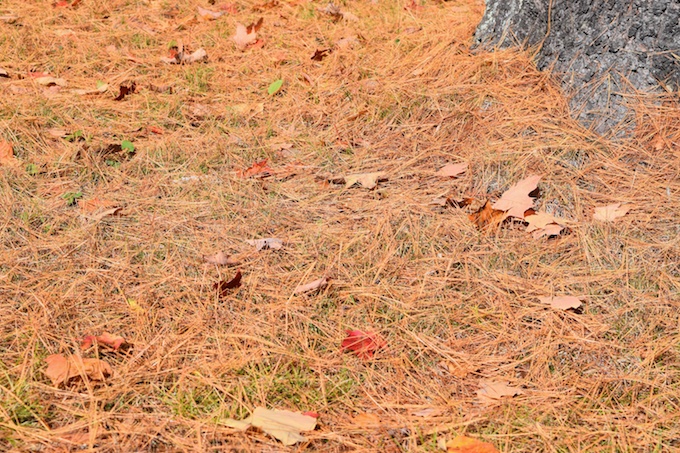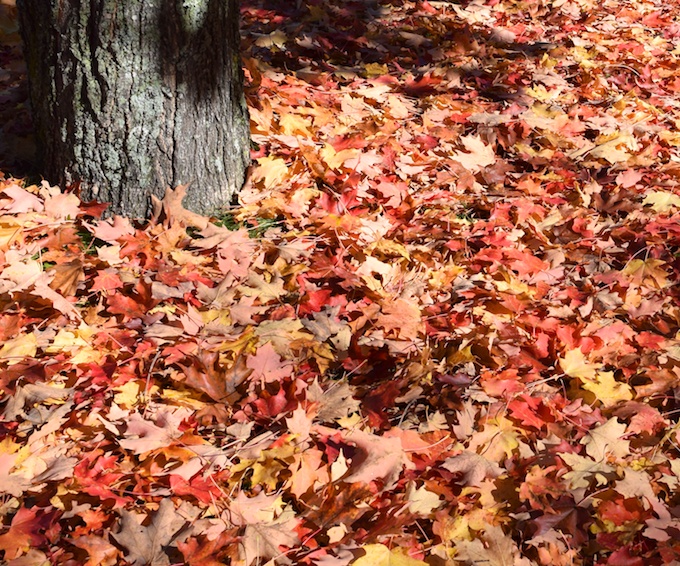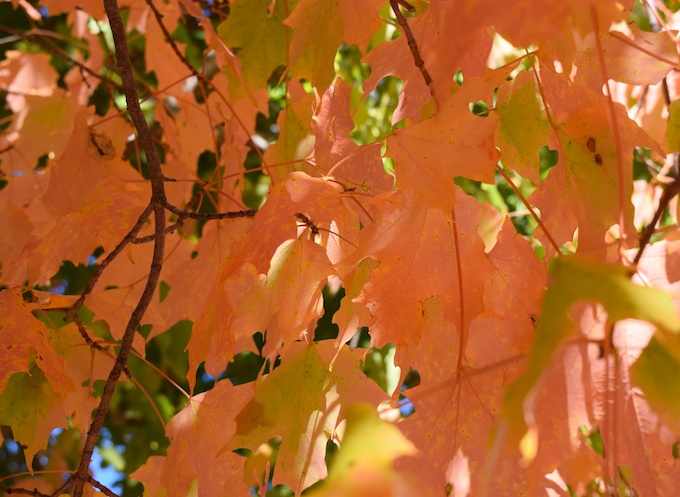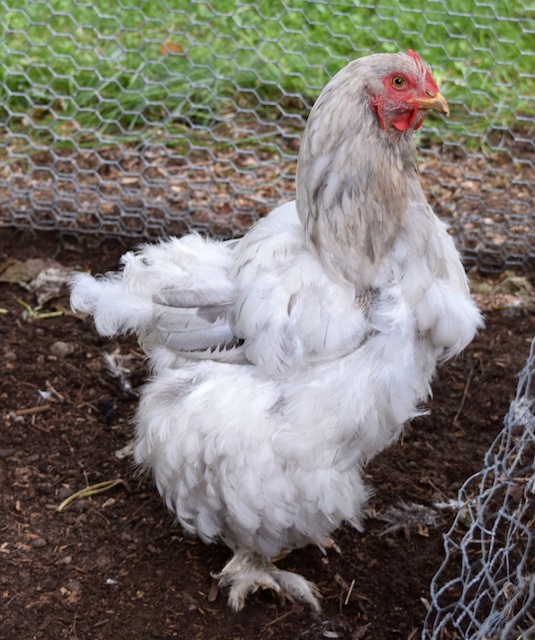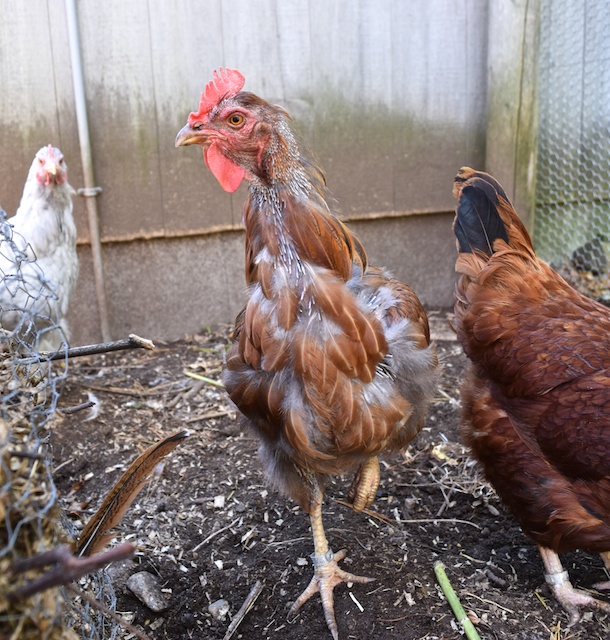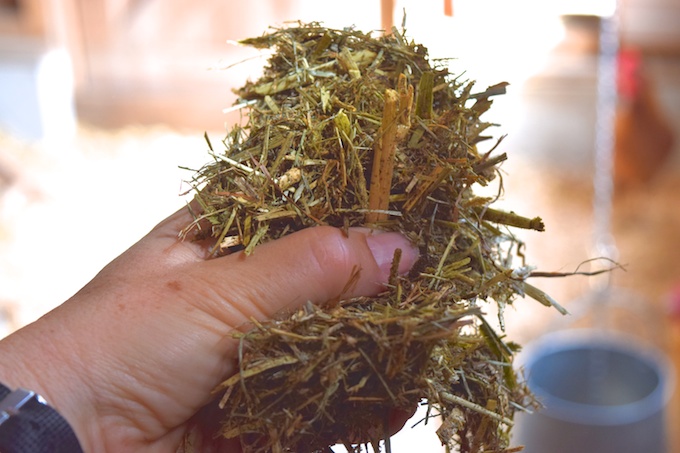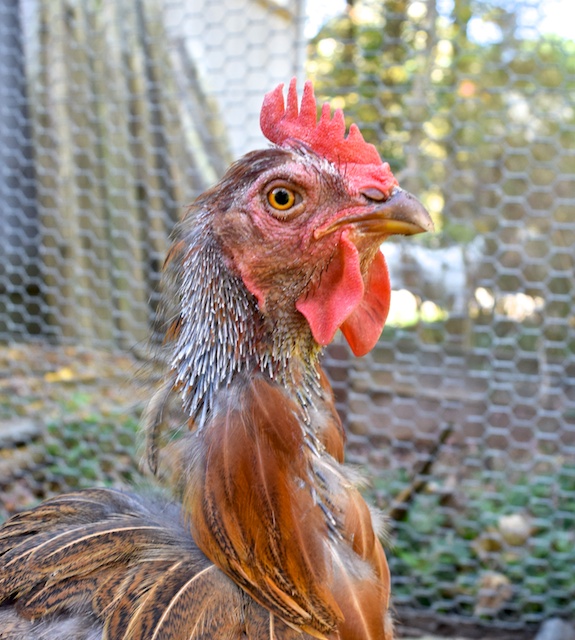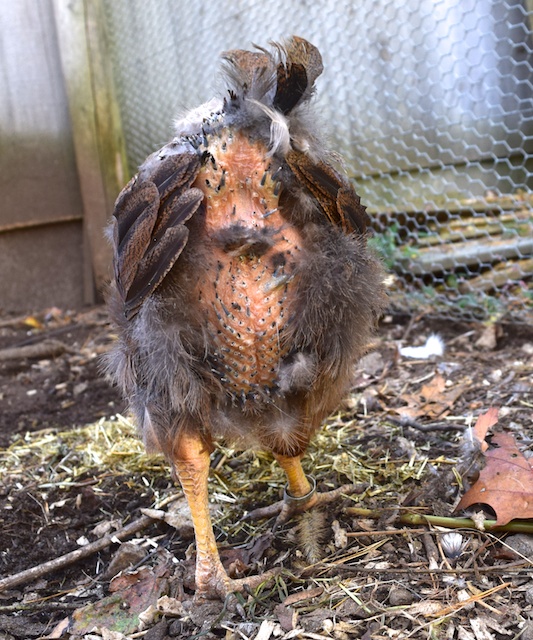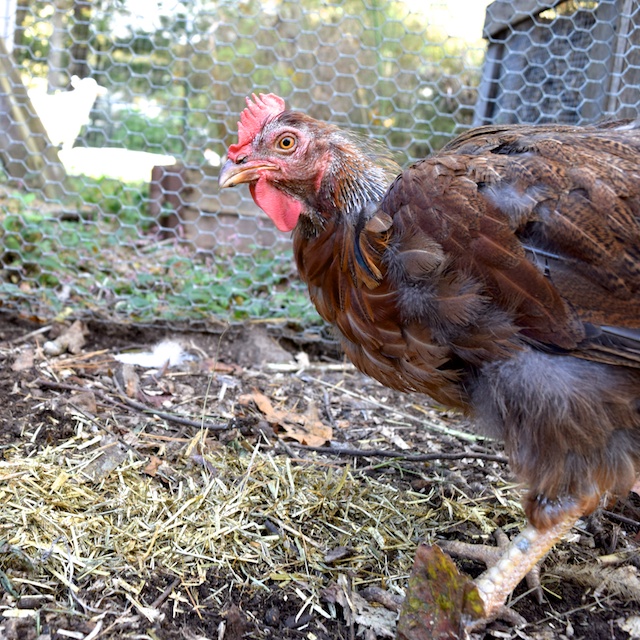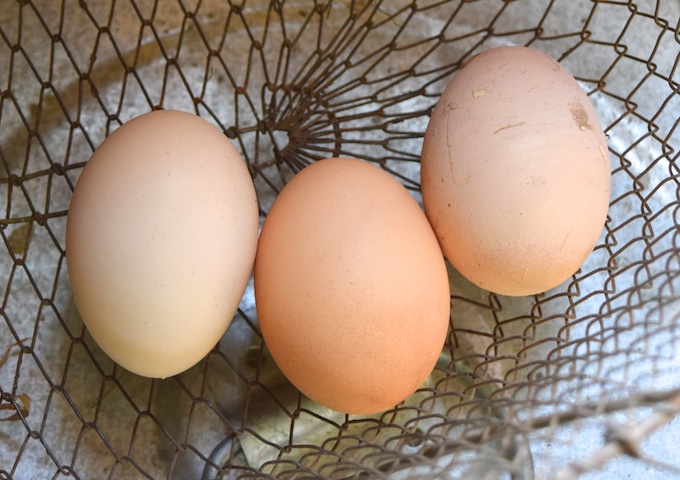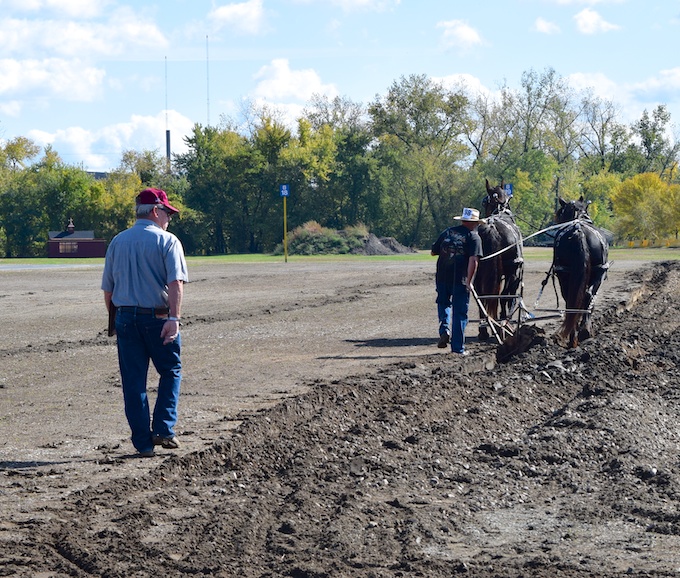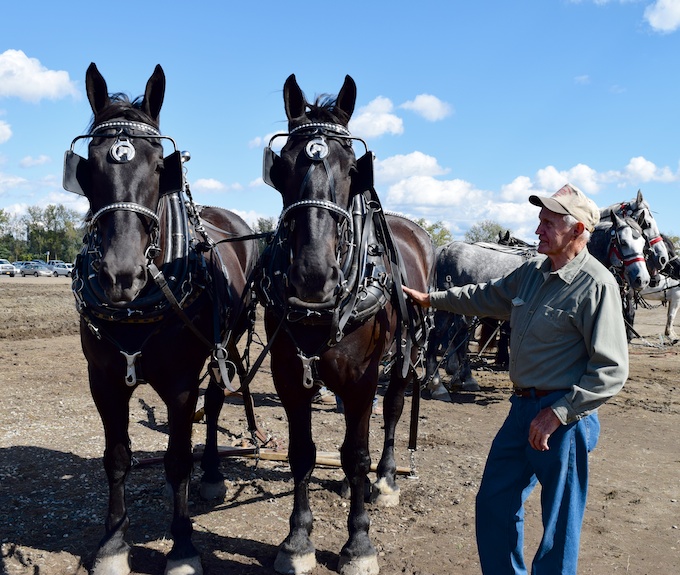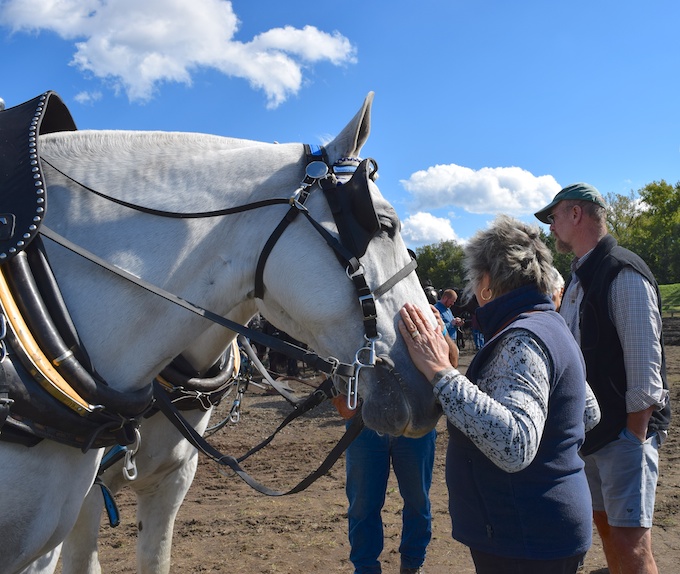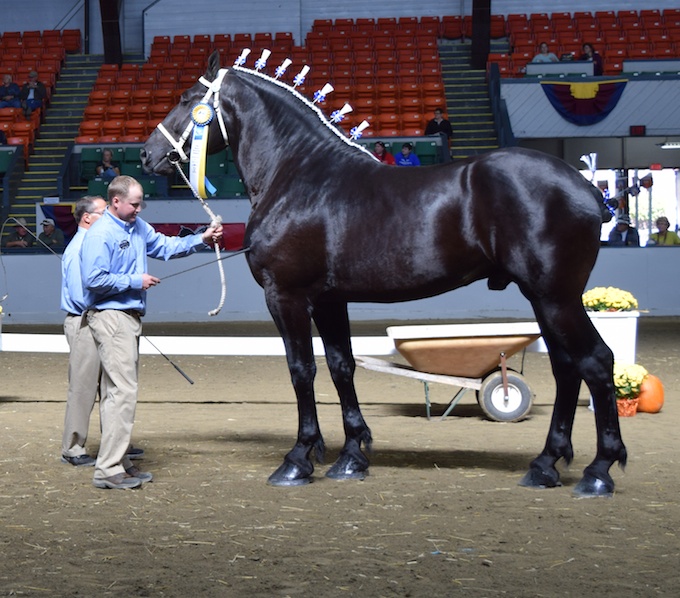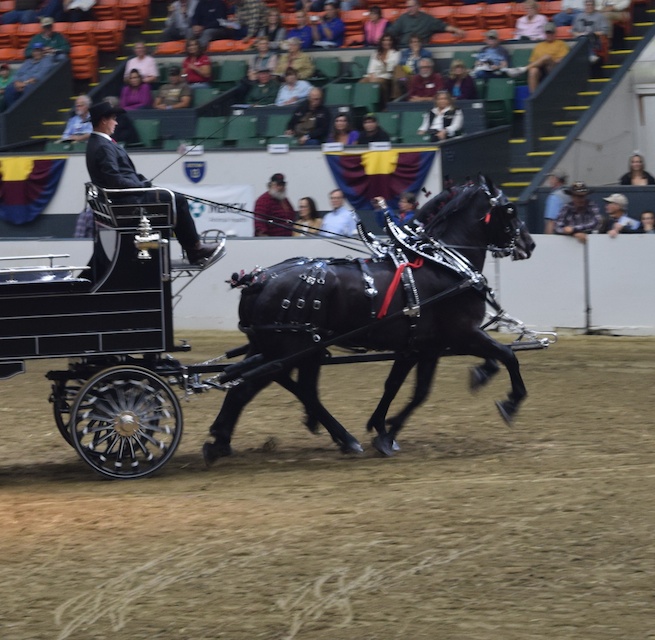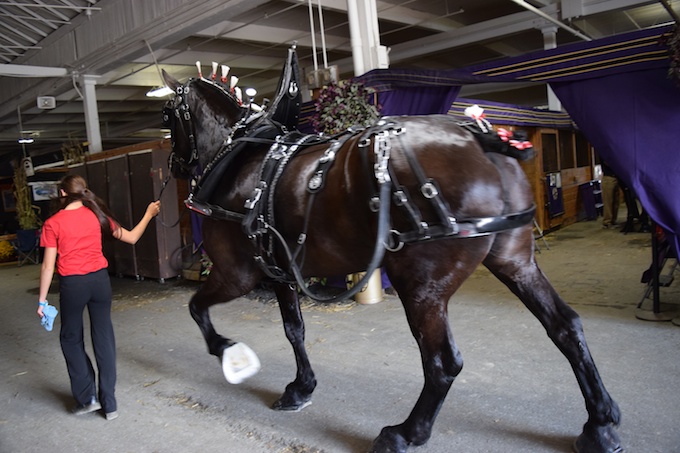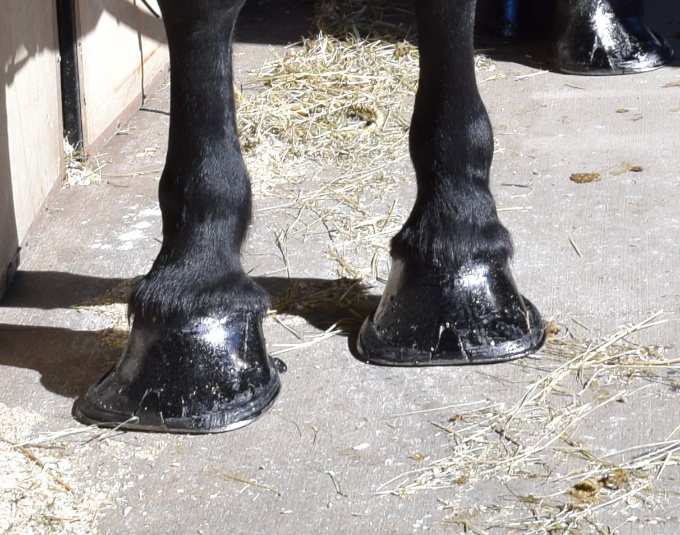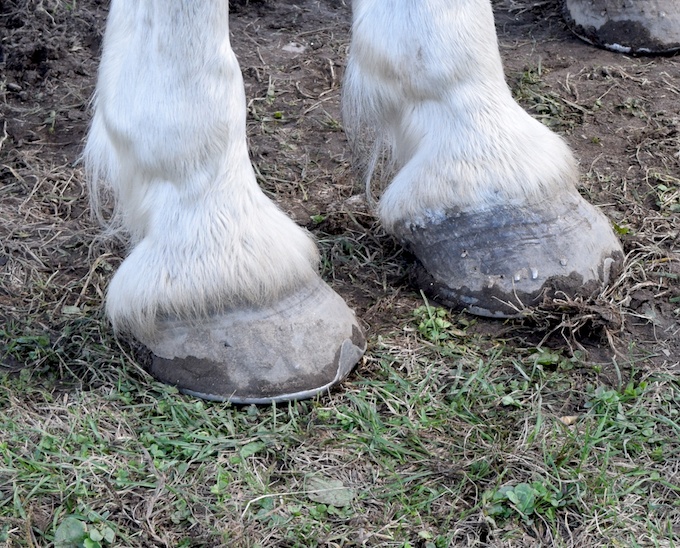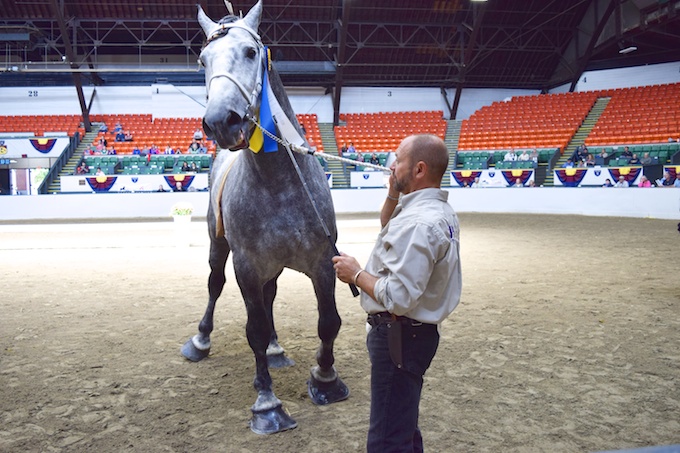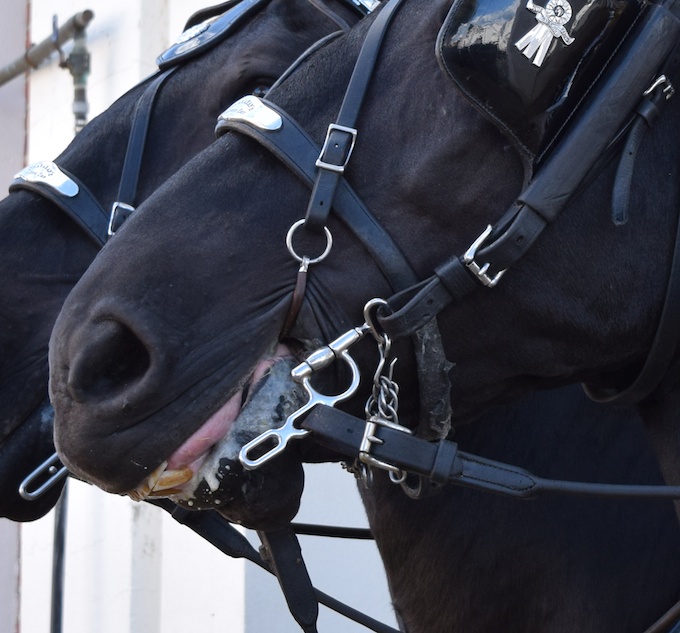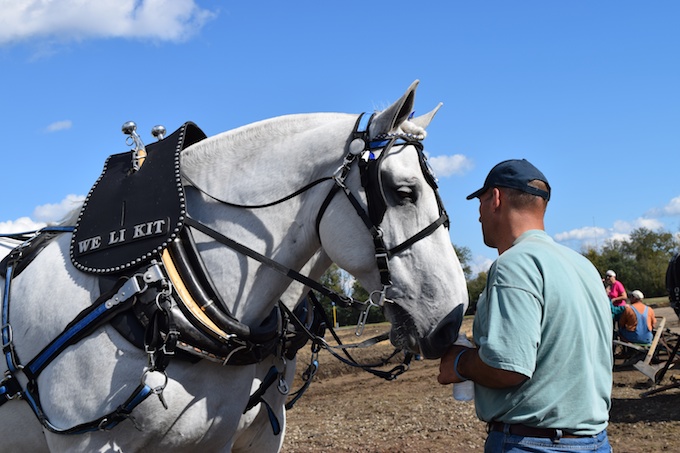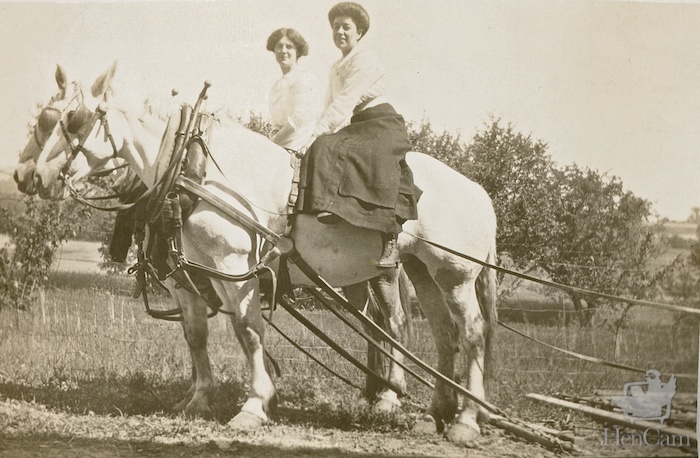This past week I have fielded questions from two readers about clear fluid coming out of their hens’ beaks.
Chickens do not vomit. Unlike humans, they don’t have the ability to upchuck the contents of upset stomachs. So, when you see fluids come out of your hen’s beak, something is very, very wrong. It might be that the chicken has a tumor, or an impaction, or a dead section of the intestinal tract that is blocking the passage of material, so that the only way out is up through the throat and mouth. If that’s the case then what is ejected is dark and vaguely food-like. Your hen might have sour crop, which is when the crop isn’t doing it’s job, and yeasty, sour-smelling liquids accumulate there. Your hen might have peritonitis, which is often caused by internal laying and a subsequent infection. Dark fluids fill up the body cavity, and when there’s nowhere else for them to go, they come out the beak. It’s awful. I’ve seen it here.
If the fluids coming out of the mouth are clear, then it is likely a case of ascites. This is a disease seen across the animal world. Humans can get it. Hypertension and liver damage cause fluid to accumulate in the body cavity. Chickens also get ascites. It is an economic liability in the commercial broiler world. The meat birds grow so fast that their organs can’t keep up. There’s a genetic component to this disease, specific to industrial agriculture, but ascites is also being seen in backyard chickens. There are some possible causes.
Chickens have lungs, but unlike ours, they are fixed in the thoracic cavity and are small and can’t expand. When the hen has oxygen demands that it can’t meet, ascites can occur. Poor ventilation and damp conditions with ammonia in the air can reduce the lung’s ability to function. Too many backyard coops are small, dank, and not well-ventilated. That can add to the ascites risk.
Liver damage can cause ascites. Cancer and tumors in older birds can impair liver function. A necropsy on my elderly hen Edwina showed a diseased liver, with the concurrent clear liquid in the body cavity. This was understandable to find in a nine-year old bird. But if your young (under two-years of age) hen shows signs of ascites, it might be because what you are feeding is harming the liver. Excessive scratch corn can cause fatty liver disease and possibly contribute to ascites.
There is some research that shows that stress, including rapid changes of temperature, can increase the ascites cases in a flock. This makes sense, since the disease is linked to blood pressure and overworked hearts.
So, what to do if your hen “vomits” clear liquid? Unfortunately, that will likely be the first sign that something is amiss, and by then the situation is severe. Do not isolate and bring inside. Your chicken needs fresh air and sunshine. If she is so ill that others are bullying her, separate to her own pen. Do rethink what you are feeding. If your ill hen is eating and drinking, leave her be. She might rebound. However, if after three days she is lethargic, and is not eating, she could starve to death. Please consider euthanizing her. This is the hard part of chicken keeping. You can’t always fix the problem.
